- Home
- Directory
- Shop
- Underwater Cameras - Photographic Accessories
- Smartphone Housings
- Sea Scooters
- Hookah Dive Systems
- Underwater Metal Detectors
- Dive Gear
- Dive Accessories
- Diving DVD & Blu-Ray Discs
- Diving Books
- Underwater Drones
- Drones
- Subscriptions - Magazines
- Protective Cases
- Corrective Lenses
- Dive Wear
- Underwater Membership
- Assistive Technology - NDIS
- On Sale
- Underwater Gift Cards
- Underwater Art
- Power Stations
- Underwater Bargain Bin
- Brands
- 10bar
- AOI
- AquaTech
- AxisGo
- Backscatter Underwater Video and Photo
- BLU3
- Cayago
- Chasing
- Cinebags
- Digipower
- DJI
- Dyron
- Edge Smart Drive
- Eneloop
- Energizer
- Exotech Innovations
- Fantasea
- Fotocore
- Garmin
- Geneinno
- GoPro
- Hagul
- Hydro Sapiens
- Hydrotac
- Ikelite
- Indigo Industries
- Inon
- Insta360
- Intova
- Isotta Housings
- Jobe
- JOBY
- Kraken Sports
- LEFEET
- Mirage Dive
- Nautica Seascooters
- Nautilus Lifeline
- NautiSmart
- Nitecore
- Nokta Makro
- Oceanic
- Olympus
- OM System
- Orca Torch
- Paralenz
- PowerDive
- QYSEA
- Scubajet
- Scubalamp
- Sea & Sea
- SeaDoo Seascooter
- SeaLife
- Seavu
- Shark Shield
- Sherwood Scuba
- Spare Air
- StickTite
- Sublue
- Suunto
- SwellPro
- T-HOUSING
- Tusa
- U.N Photographics
- Venture Heat
- XTAR
- Yamaha Seascooter
- Youcan Robot
Bali's northwest corner - Keeping the secret?
Contributed by Beth Tierney
This article and photographs by Beth and Shaun Tierney from Seafocus
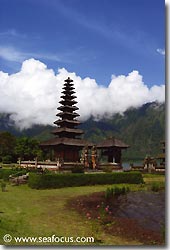 The sun is rising over the mountains behind
the Taman Sari villas as a Balinese lady, resplendent in traditional dress,
walks through the gardens to commence her morning offering to the Gods.
The sun is rising over the mountains behind
the Taman Sari villas as a Balinese lady, resplendent in traditional dress,
walks through the gardens to commence her morning offering to the Gods.
This blessing for the day is a must: each shrine, any garden, every door warrants the attention. There was even a tiny basket of rice, fruit and flowers outside our gate when we emerged for breakfast. We watch quietly from our table, and contemplate how it is that the Balinese have retained their traditions despite the incredible changes the island has seen in recent years.
The gentle silence and incredible calm of Bali's northwest corner is in stark contrast to the cacophony of noise that greets arrivals at Denpasar's sophisticated airport. It feels little different to any international terminal, and stepping outside into the bustling Kuta area leaves you with no illusions that the Island of the Gods is also a serious tourist destination. But what if you're looking for the Bali of picture postcard beauty... the one we remembered from our younger days, when rice fields were more prominent than shopping malls? Then head north.
Although we have dived Bali frequently over the years, we had seen little of this far corner. Crossing the island, we traversed steep mountains, passed landscapes of emerald green, lush rice fields and traditional temples. In less than a day we reached the furthest point from the airport but we would have been there much sooner if we hadn't kept asking our driver to stop for yet another breathtaking photo opportunity. There was so much to admire, but our focus soon turned to what the marine world would deliver. We were scheduled to dive one of Bali's most revered photographic sites as well as her marine parks, and our final day was booked for a little experimental diving!
A not so Secret Bay
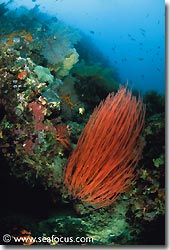 A few years back, some enterprising divers
took a look beneath the surface in Gilimanuk Bay. You have to wonder what made
them think that it might just be a good dive. Immediately adjacent to where
the enormous ferries ply between Bali and Java, this busy town has little to
commend it other than it being a transport hub.
A few years back, some enterprising divers
took a look beneath the surface in Gilimanuk Bay. You have to wonder what made
them think that it might just be a good dive. Immediately adjacent to where
the enormous ferries ply between Bali and Java, this busy town has little to
commend it other than it being a transport hub.  The broad bay is very shallow, fewer than
12 metres deep, but protected by an offshore reef. The currents that sweep up
the narrow Bali Straight are funnelled into the shallow cove bringing all sorts
of animals into it. Some start as plankton that then grow and breed in the protected
environment.
The broad bay is very shallow, fewer than
12 metres deep, but protected by an offshore reef. The currents that sweep up
the narrow Bali Straight are funnelled into the shallow cove bringing all sorts
of animals into it. Some start as plankton that then grow and breed in the protected
environment.
We had three dives scheduled and on the first discovered the sand was paler
and a bit finer than expected. We had to be careful not to stir it up and make
the visibility worse than it was. There were waves of silt at times... perhaps
from the ferry boats at the nearby docks. However, we weren't bothered by the
lack of visibility as we were too busy keeping our eyes on the ground watching
for the small and strange animals that live there. There were so many but one
highlight was two seahorses.  We were charmed their two iridescent gold
ones and one even swam up in the water column to pose on the branches of a dead
tree. It seemed he knew exactly what he was doing and we're still expecting
the modelling fee invoice!
We were charmed their two iridescent gold
ones and one even swam up in the water column to pose on the branches of a dead
tree. It seemed he knew exactly what he was doing and we're still expecting
the modelling fee invoice!
Not to be outdone, an octopus peered at us from his shelter in an old can, slipping a tentacle in and out as if to beckon us over. However, the most rare creature we saw, and a first for us, was a yellow Ambon scorpionfish! He was very pretty, tiny and hairy with lacy wings.
A play in the Park
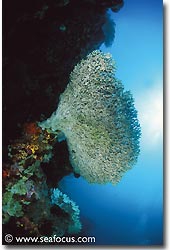 We could see why Secret Bay simply wasn't
any longer. Too many photographers have been delighted with the instant photo
opportunities it promises. For us it was time for a change of pace
We could see why Secret Bay simply wasn't
any longer. Too many photographers have been delighted with the instant photo
opportunities it promises. For us it was time for a change of pace  so we spent our second day at Menjangan.
This tiny, unpopulated island is a marine national park, and even on the list
to become a world heritage site. It's easy to see why as it is ringed by steep
coral walls that are in fine condition.
so we spent our second day at Menjangan.
This tiny, unpopulated island is a marine national park, and even on the list
to become a world heritage site. It's easy to see why as it is ringed by steep
coral walls that are in fine condition.
We also visited the Anker Wreck, a peculiar title as Anker is a local beer,
but the wreck has nothing to do with the brew: it's said to be an old slave
boat. There are a couple of anchors down there though. The wooden hull sits
on a gentle sandy slope at around 40 metres. There is little left to see as
the timbers have almost decayed beyond recognition and are heavily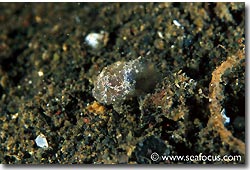 encrusted with beautiful soft corals
and small fans. We we were equally impressed on the gradual ascent back up and
along the wall. Large fans and whips smothered the site and, as we got shallower,
the landscape changed to pristine hard corals with masses of swarming fish.
encrusted with beautiful soft corals
and small fans. We we were equally impressed on the gradual ascent back up and
along the wall. Large fans and whips smothered the site and, as we got shallower,
the landscape changed to pristine hard corals with masses of swarming fish.
We did two other dives at different points around the island, and both were beautiful. Being there in the winter meant that we didn't get perfect visibility, but that didn't seem to matter as the walls were so colourful they radiated their own form of light.
Spirit of adventure
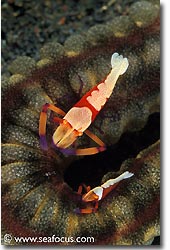 We were being looked after by our friend,
Annabel, from AquaMarine Diving. She'd suggested that we should try this new
site at Siririt just along the coast. Having never heard of it we were a little
unsure. Should we 'waste' a day on experimental diving? She was really, really
adamant that we should, so that was where we headed. Arriving at Puri Jati we
were amused to find that the only entry to the bay was beside a rice paddy.
Right at its heart was a perfect, small temple. We were lucky enough to arrive
just as the villagers started their rice harvest, and while our guides set up
our equipment we wandered over to greet them.
We were being looked after by our friend,
Annabel, from AquaMarine Diving. She'd suggested that we should try this new
site at Siririt just along the coast. Having never heard of it we were a little
unsure. Should we 'waste' a day on experimental diving? She was really, really
adamant that we should, so that was where we headed. Arriving at Puri Jati we
were amused to find that the only entry to the bay was beside a rice paddy.
Right at its heart was a perfect, small temple. We were lucky enough to arrive
just as the villagers started their rice harvest, and while our guides set up
our equipment we wandered over to greet them.
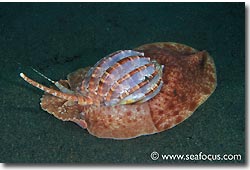 In just a few minutes our guide, Ketut,
called us to order. The kit was ready and he was eager to get us in. We waded
into water that was so warm we couldn't believe it, and dropping down that first
metre was like swimming through oil. The top layer had created a distinctive
thermocline. At two metres the water cleared and we saw a flat floor that extended
quite some way offshore. The maximum depth is all of 10 metres until you hit
a sudden drop that dips away to about 30 metres.
In just a few minutes our guide, Ketut,
called us to order. The kit was ready and he was eager to get us in. We waded
into water that was so warm we couldn't believe it, and dropping down that first
metre was like swimming through oil. The top layer had created a distinctive
thermocline. At two metres the water cleared and we saw a flat floor that extended
quite some way offshore. The maximum depth is all of 10 metres until you hit
a sudden drop that dips away to about 30 metres.  The bay is covered in... almost nothing.
Just little patches of seagrass and some large leaved halameda algae. There
wasn't even much rubbish.
The bay is covered in... almost nothing.
Just little patches of seagrass and some large leaved halameda algae. There
wasn't even much rubbish.
However, the barren landscape was misleading. It turned out this bay was one of the most prolific marine environments we have ever seen - providing you're into babies. By the end of the day we had dubbed it the Critter Cradle, in honour of the unlimited number of babies we had encountered.
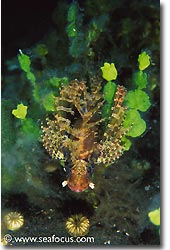 Strangely, there weren't that many adults
as many fish eggs live life as plankton, then drift into calm waters. We saw
juvenile seahorses (and a few adults), baby lionfish and just-born filefish.
We spotted a cockatoo waspfish that was the size of a fingernail and a hand-sized
teenager a few metres away. We even spotted a slipper lobster just an inch long,
and you only ever see those guys at night. To reinforce the maternity theme
a split branch of bamboo harboured newly laid squid eggs, and Ketut pointed
out a tiny white faced stonefish just 10mm long. Perhaps the most fascinating
babies he found - we would never have seen them - were two juvenile frogfish.
The first was nestled on the sand and hardly seemed bigger than the grains sitting
beneath him, while the second must have drifted into some algae and settled
there. They were both so tiny they hadn't even developed a lure.
Strangely, there weren't that many adults
as many fish eggs live life as plankton, then drift into calm waters. We saw
juvenile seahorses (and a few adults), baby lionfish and just-born filefish.
We spotted a cockatoo waspfish that was the size of a fingernail and a hand-sized
teenager a few metres away. We even spotted a slipper lobster just an inch long,
and you only ever see those guys at night. To reinforce the maternity theme
a split branch of bamboo harboured newly laid squid eggs, and Ketut pointed
out a tiny white faced stonefish just 10mm long. Perhaps the most fascinating
babies he found - we would never have seen them - were two juvenile frogfish.
The first was nestled on the sand and hardly seemed bigger than the grains sitting
beneath him, while the second must have drifted into some algae and settled
there. They were both so tiny they hadn't even developed a lure.
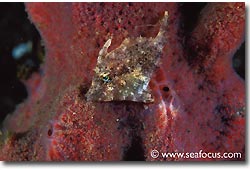 And there was one final discovery, a last
ditch effort that justified Annabel's adamant stance for us to visit her latest
discovery... a Mimic octopus. This absolutely delightful creature is one of
nature's best. A small member of the family, its body just the size of an egg,
the mimic has long legs that are striped in black and white. His form of defence
is to change his body shape from one thing to another. We watched him perform
this impressive dance for ages, turning from a flounder to a crinoid and even
a lionfish. We followed him around on the sand, camera firing madly until he
eventually found a hole to burrow into, where he performed one of his finest
impressions: a seasnake. Applause all round.
And there was one final discovery, a last
ditch effort that justified Annabel's adamant stance for us to visit her latest
discovery... a Mimic octopus. This absolutely delightful creature is one of
nature's best. A small member of the family, its body just the size of an egg,
the mimic has long legs that are striped in black and white. His form of defence
is to change his body shape from one thing to another. We watched him perform
this impressive dance for ages, turning from a flounder to a crinoid and even
a lionfish. We followed him around on the sand, camera firing madly until he
eventually found a hole to burrow into, where he performed one of his finest
impressions: a seasnake. Applause all round.
Too good to miss
Taking the drive to Bali's furthest corner became the best decision we could have made. It was wonderful to see the island a little like it once had been, to see that her culture and traditions live on, despite the external changes that influence it so heavily. Like other places the diving up here will become more and more popular. Secret Bay's secret was out too soon, and Siririt's will be too.
Well, we certainly don't want to keep it under wraps. It was just too good
to do that!
Travel details: our mini-package was arranged by Bali's only British dive centre, AquaMarine Diving
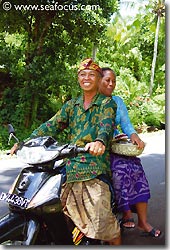

Shopfront
-
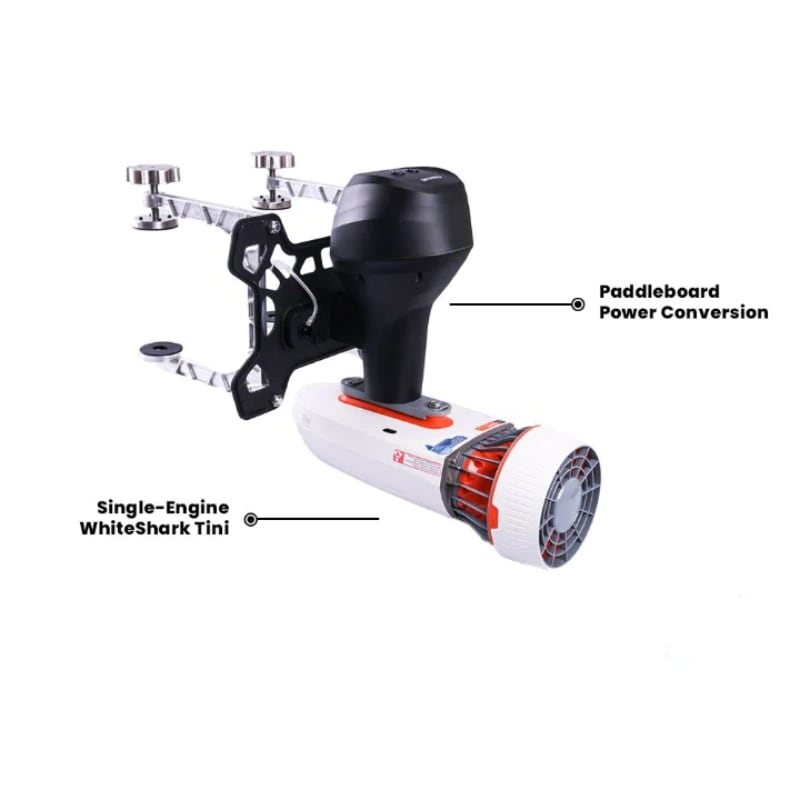 Sublue Paddleboard Power Conversion Kit
Sublue Paddleboard Power Conversion Kit
- Price A$ 599.00
-
 AquaTech EDGE Base Camera Water Housings - Fujifilm mirrorless
AquaTech EDGE Base Camera Water Housings - Fujifilm mirrorless
- Price A$ 1,249.00
-
 SeaLife Micro 3.0 Underwater Camera 64GB - Limited Edition Explorer Gift Set includes 2000F Sea Dragon light for FREE
SeaLife Micro 3.0 Underwater Camera 64GB - Limited Edition Explorer Gift Set includes 2000F Sea Dragon light for FREE
- Price A$ 1,049.00
-
 Sublue Seabow - Underwater Scooter - V1 BARGAIN - RUN-OUT SALE
Sublue Seabow - Underwater Scooter - V1 BARGAIN - RUN-OUT SALE
- Price A$ 1,499.00
-
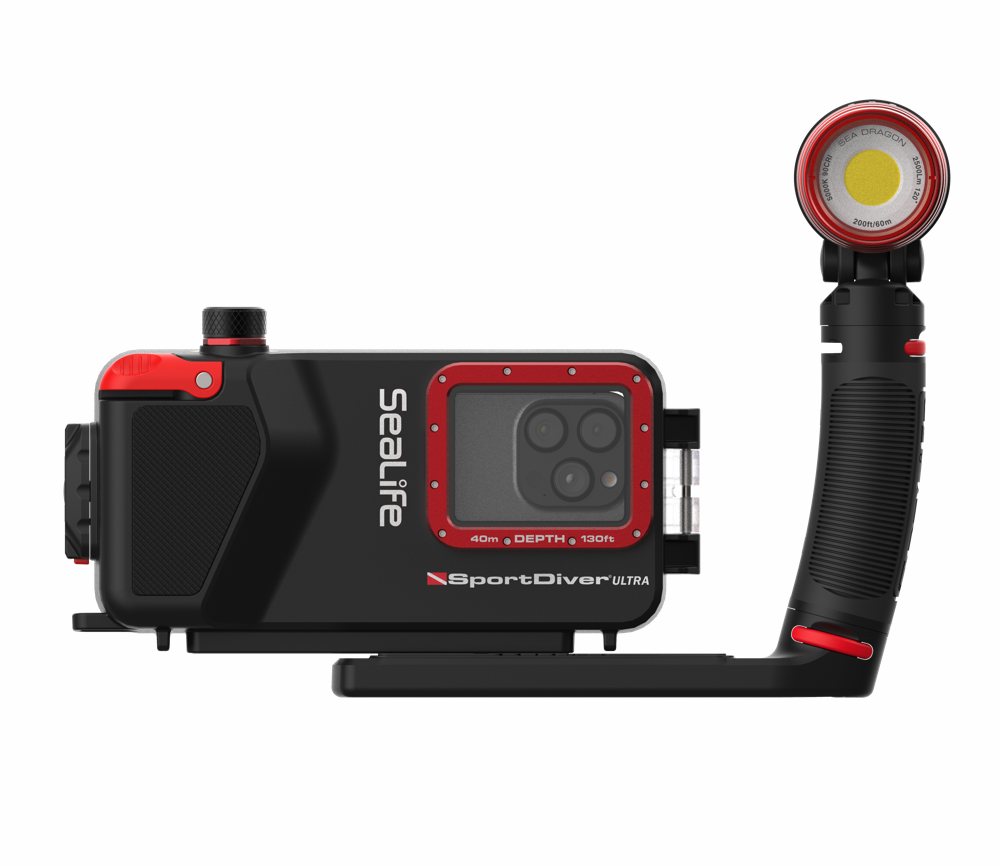 SeaLife - SportDiver ULTRA Pro 2500 Set
SeaLife - SportDiver ULTRA Pro 2500 Set
- Price A$ 1,299.00
-
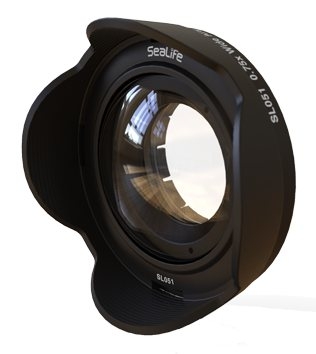 SeaLife 0.75x Wide Angle Conversion Lens
SeaLife 0.75x Wide Angle Conversion Lens
- Price A$ 299.00
-
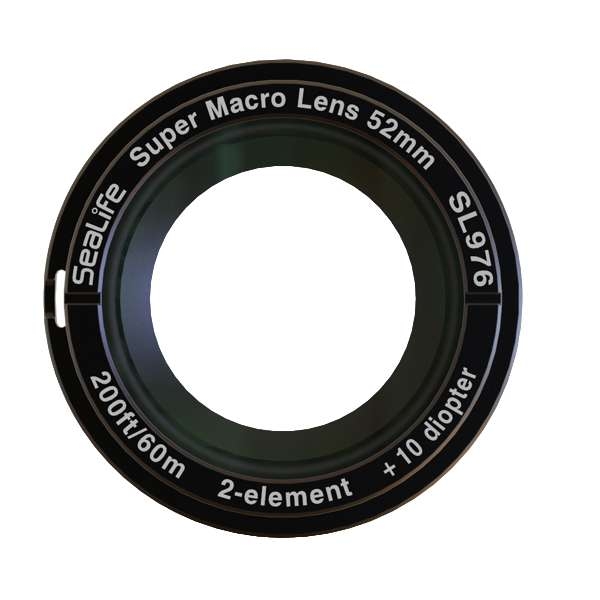 Sealife DC-Series Super Macro Lens
Sealife DC-Series Super Macro Lens
- Price A$ 229.00
In the Directory



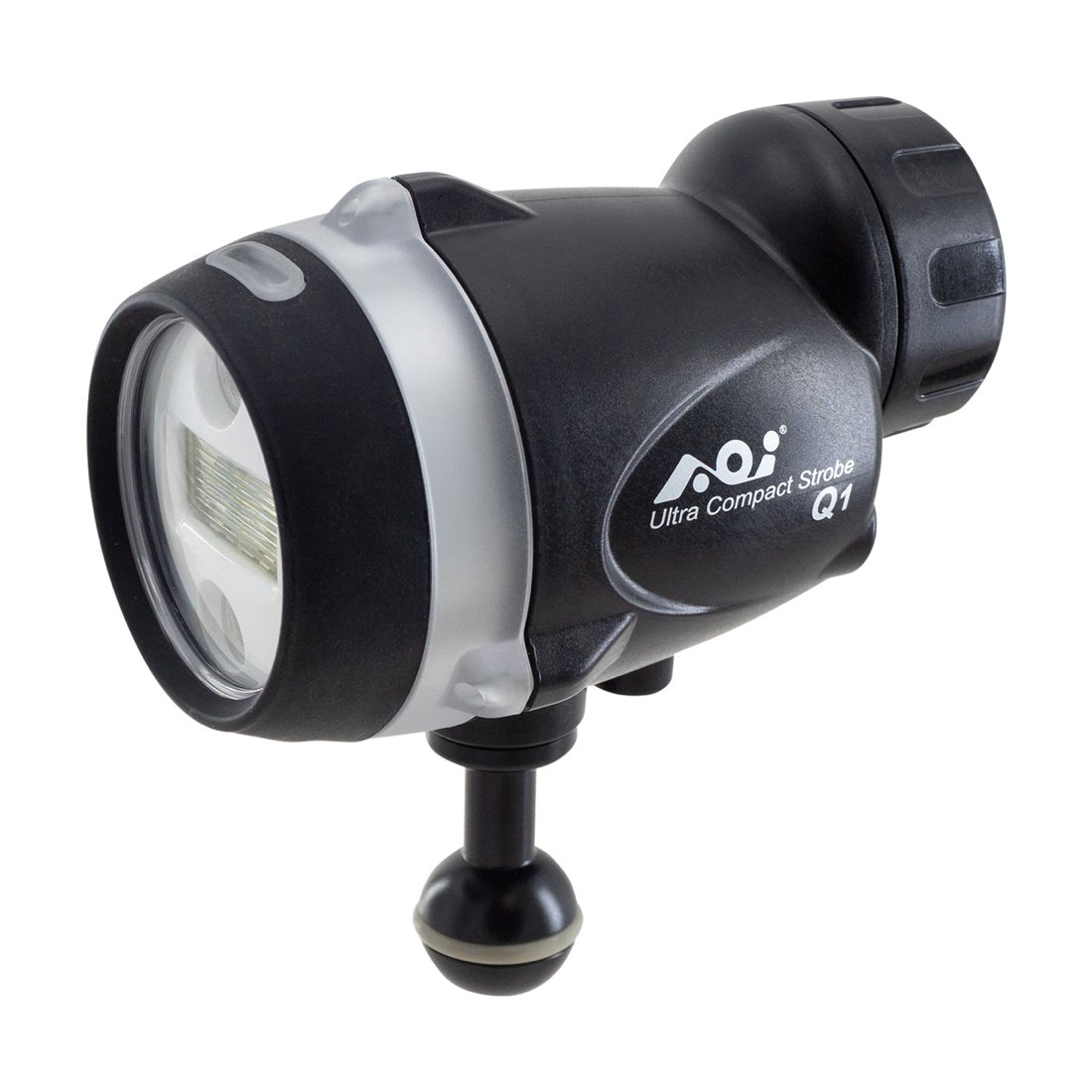
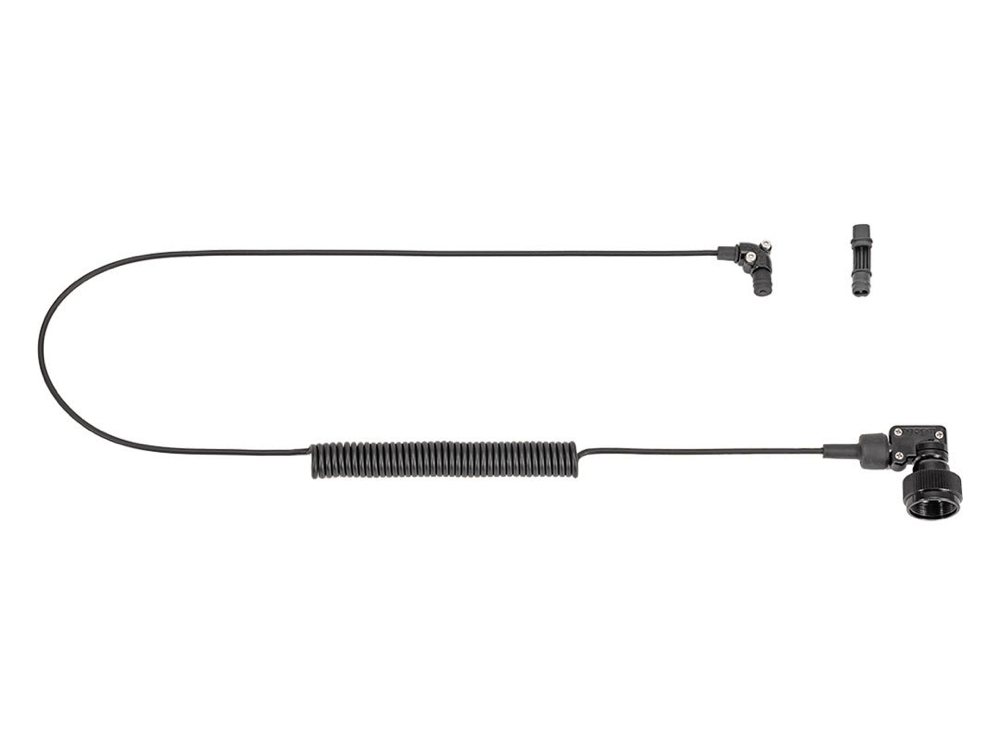

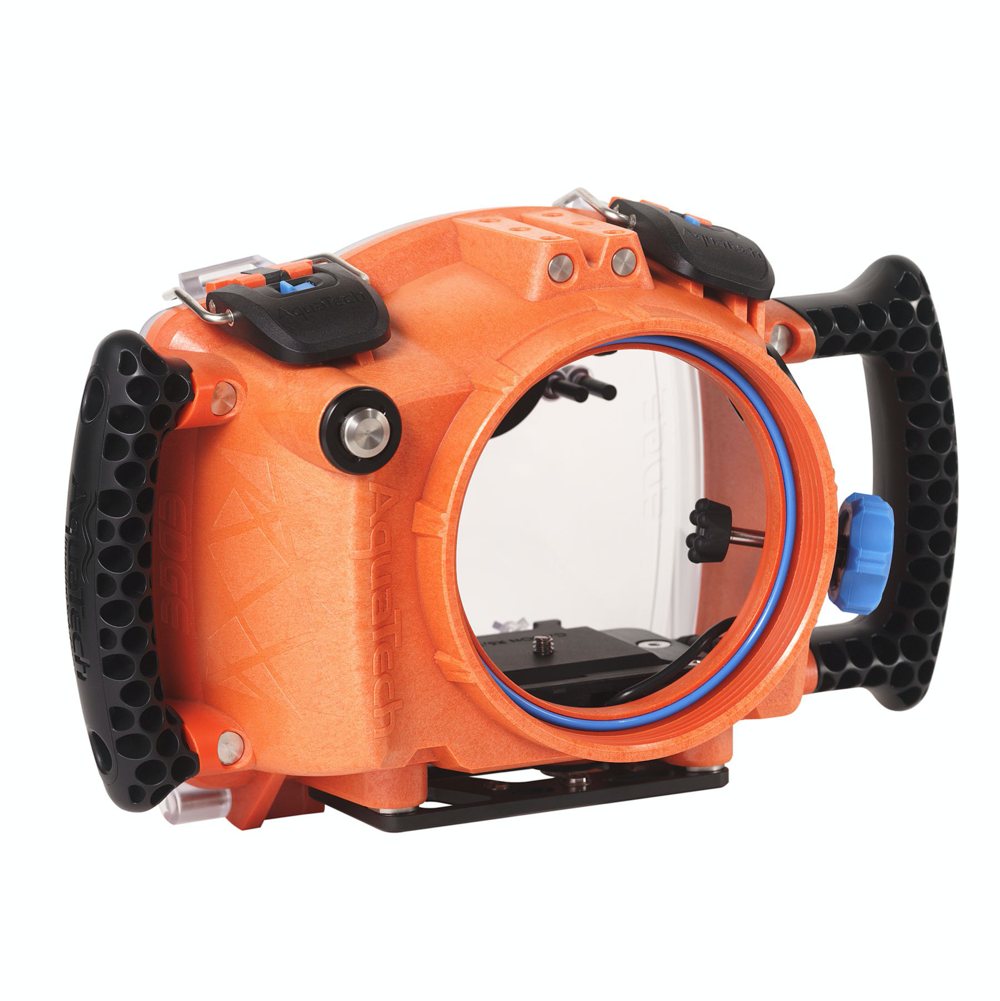

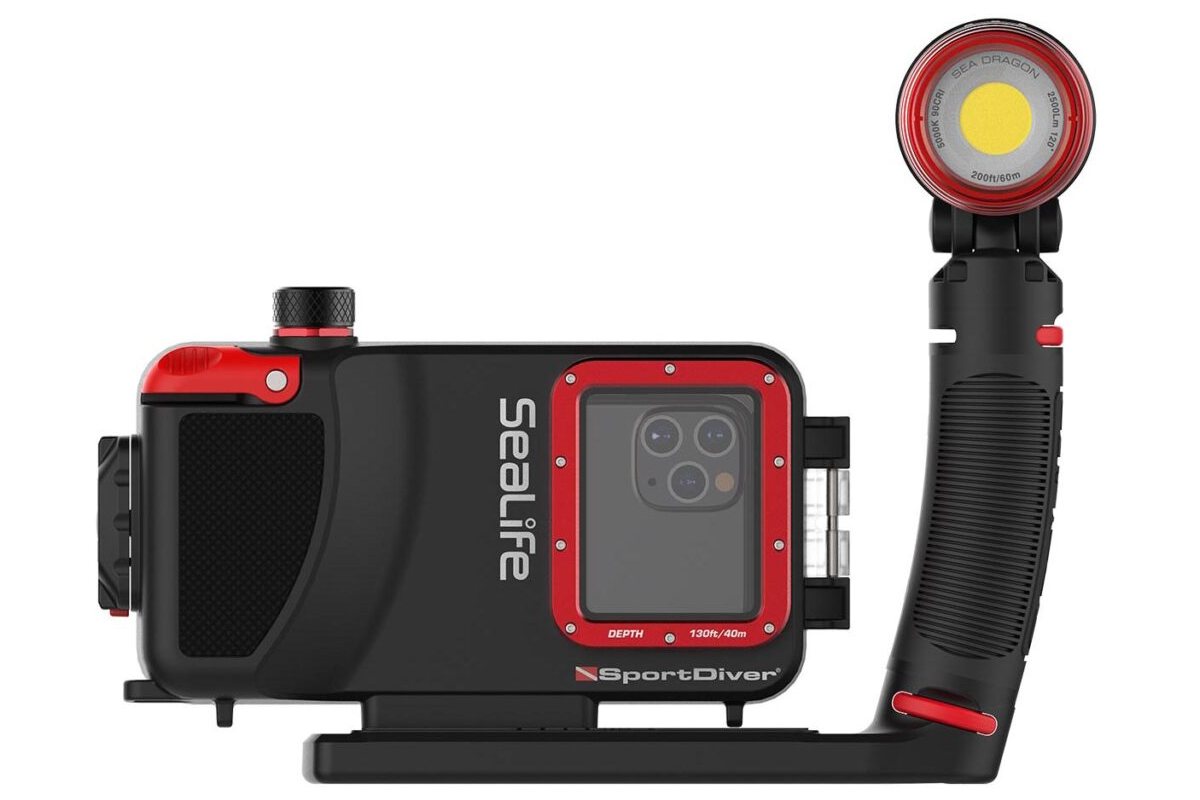
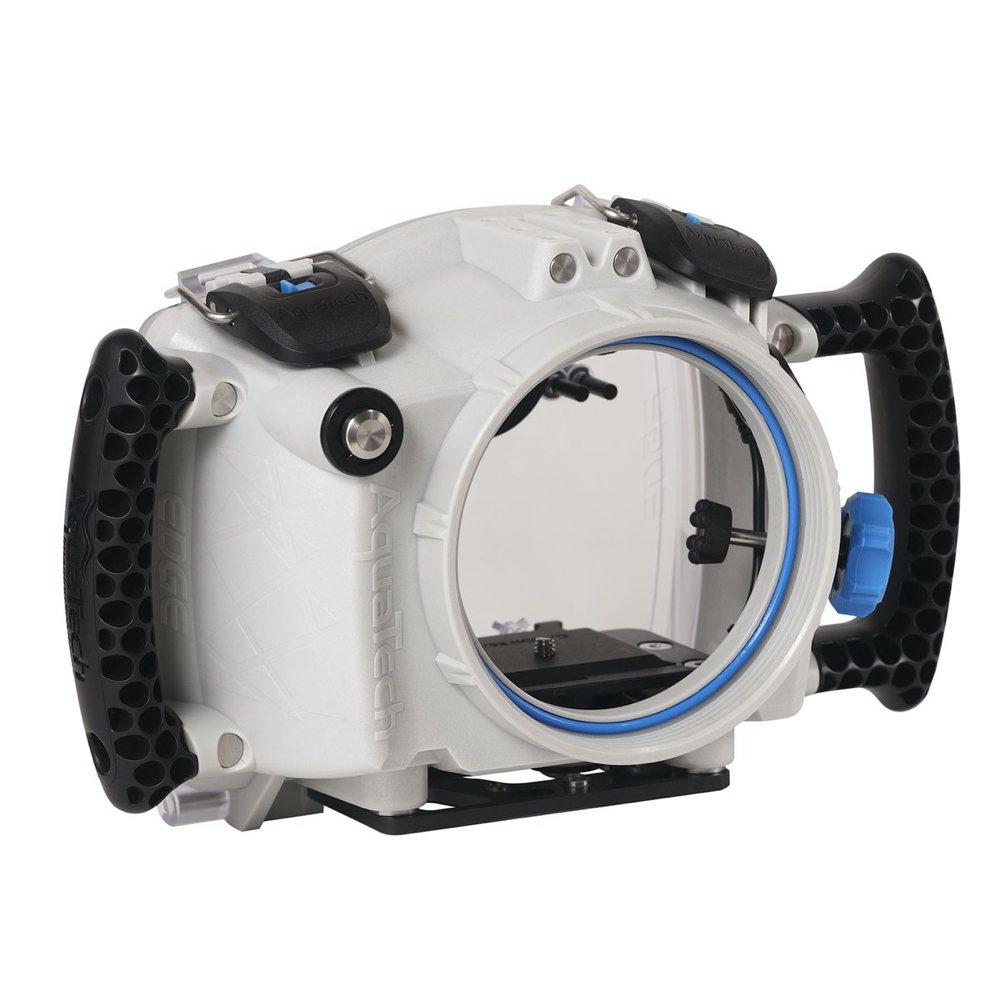
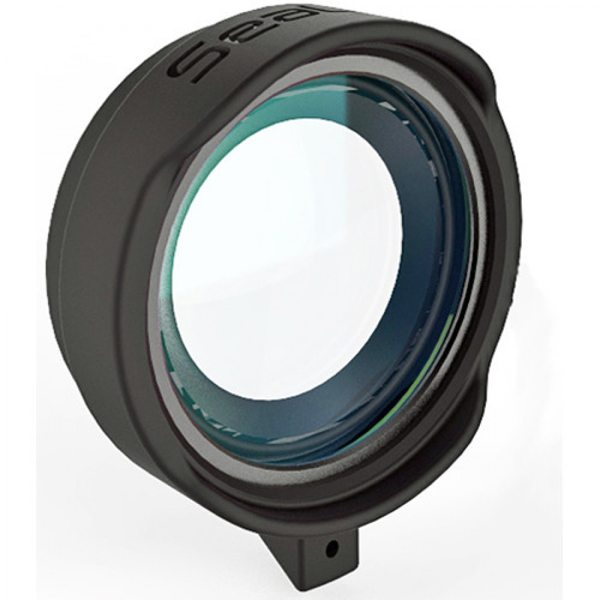



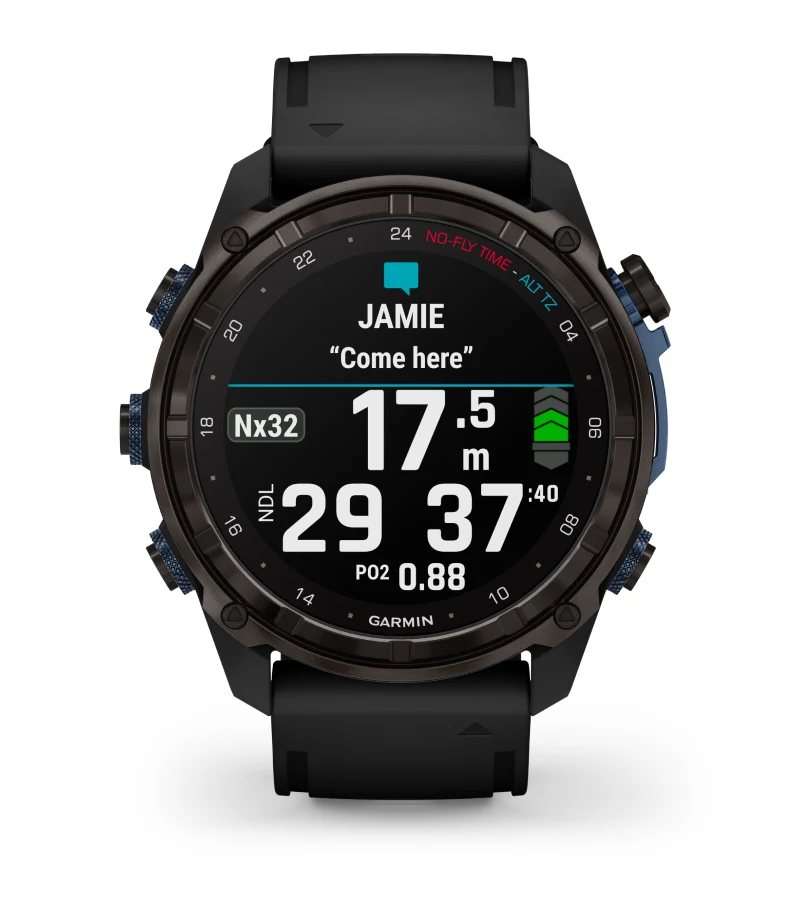 Garmin Descent Mk3i Watch Dive Computer - 51 mm, Carbon grey DLC titanium
Garmin Descent Mk3i Watch Dive Computer - 51 mm, Carbon grey DLC titanium 




